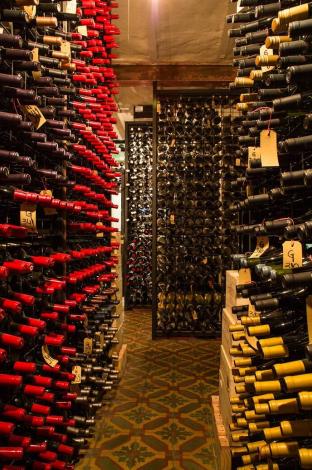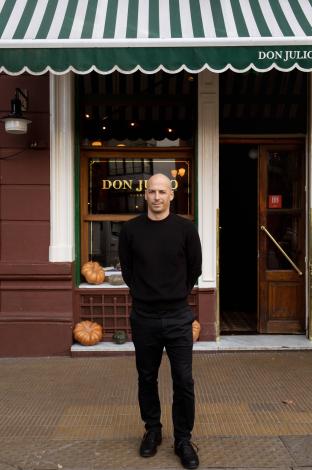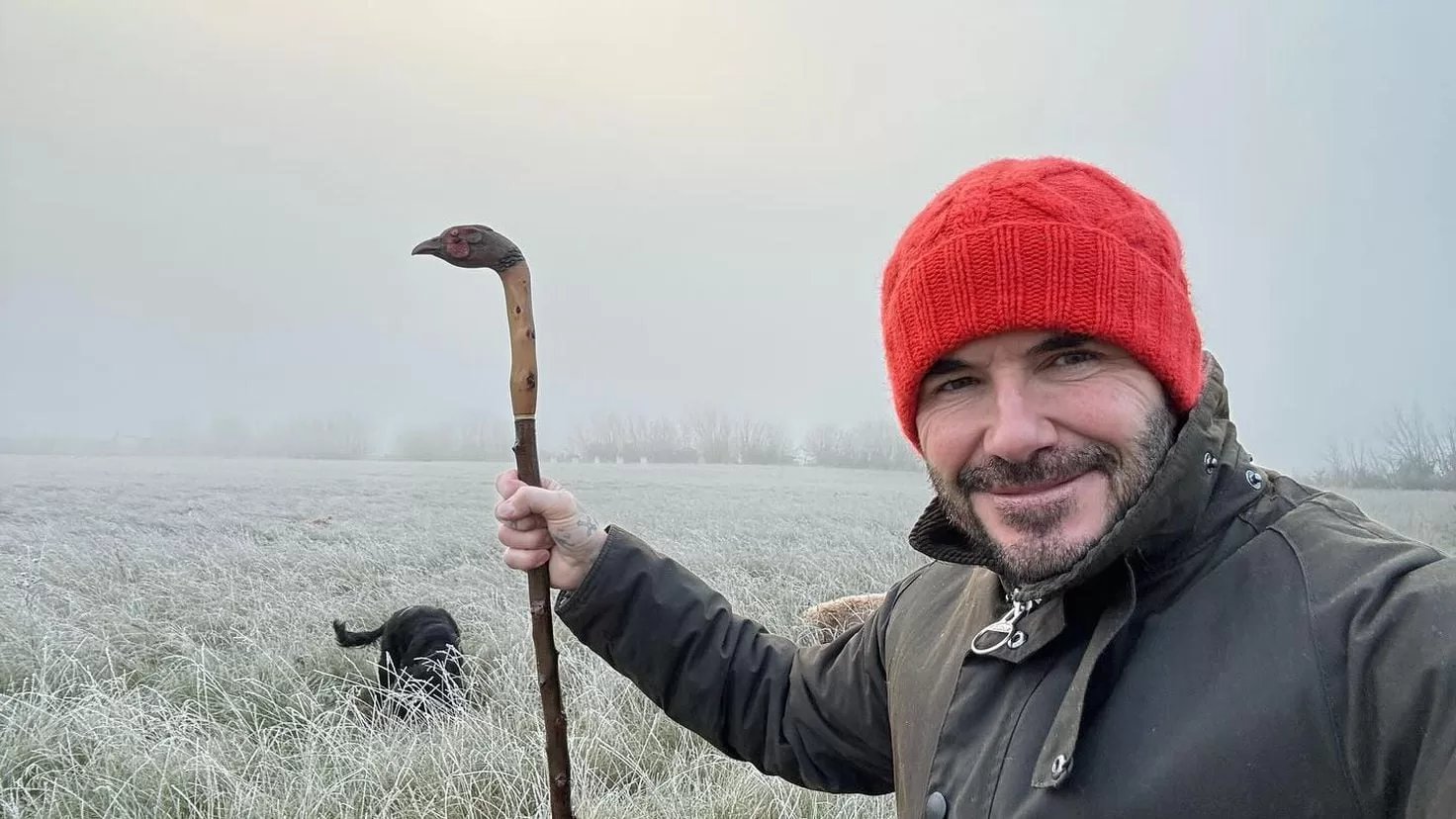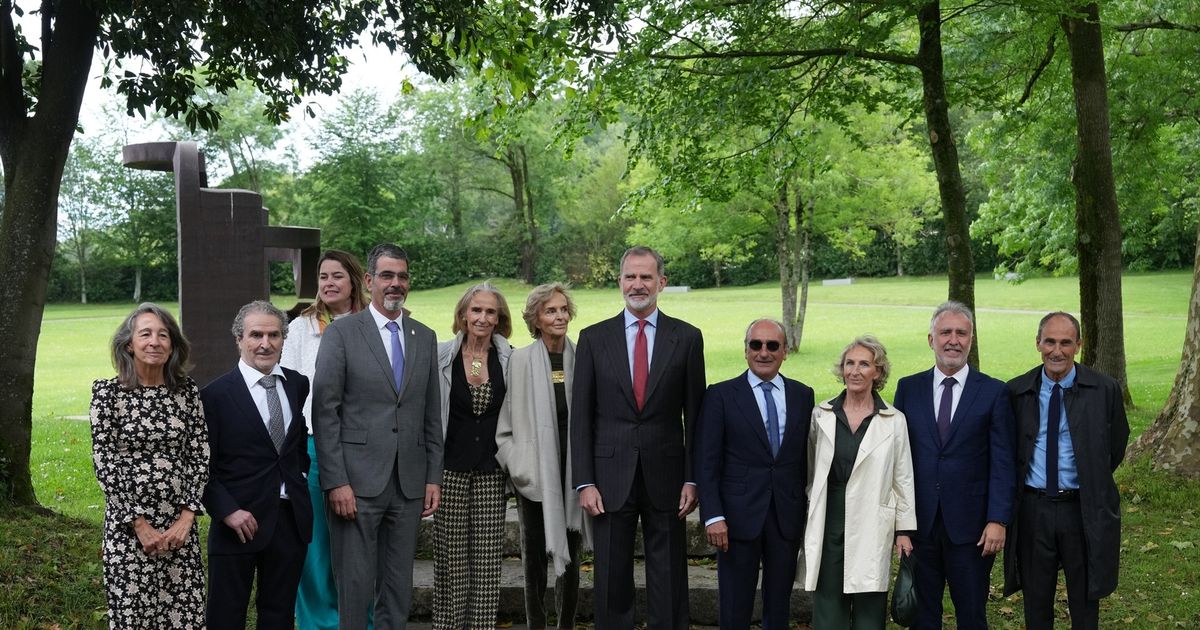Don Julio’s grills, restaurant located in the Palermo neighborhood of Buenos Aires.
EL TIEMPO visited him, among a group of Latin American journalists, regarding the announcement of the arrival of Michelin stars in that country. Don Julio is one of the desired destinations in Buenos Aires. It was already the number one restaurant in Latin America, today it is the 14th in the world of the ’50 Best’. And it is the number one grill in the world, according to another ranking: the World’s 101 Best Steaks, from the firm Upper Media Cut.

Don Julio’s wine cellar treasures historical bottles.
Rivero is a world-renowned sommelier and passionate wine hunter. His collection reaches 4,000 references and some 67,000 bottles, all from the country. “We try to tell the history of wine through time,” explains one of the sommeliers. We represent the present, the past and the future of Argentine wine”. The present is in the young wines with the highest rotation, those that reach the tables more easily. But in the heart, passing through a gate that only connoisseurs can cross, are the past and the future.
“We represent the past with old labels,” says the guide. The oldest is from 1923, but it is not for sale. The one that does sell is from 1938. And the future lies in the wines we buy, almost complete batches that are not sold for now and we hope to keep for 10 or 15 years. The old wines that we have are there because someone took the trouble to keep them, and we want to do the same, so that in the future they are part of history”.
The guard wine area is ordered by region: Patagonia, Mendoza, and by traditional wineries. There are obviously the wines of Catena, Zuccardi, Michelini, Riccitelli and PerSe.}
From there they seek to give a twist to the way of ordering the wine: that it is not only by variety (malbec, merlot, cabernet), but by the territory and its characteristics. In a pandemic, advised by a geologist, they classified their wines according to altitude and climate of the vineyards, which has a tangible effect on the final features of a glass.

Pablo Rivero, founder of Don Julio, a Buenos Aires restaurant.
Once at Don Julio’s tables, the customer is first shown the raw cut that is going to be eaten, they explain it and tell him about its maturation days. Soon after, he returns to the table steaming, resplendent, and is cut up in full view, to be plated with unexpected delicacy.
But before this experience, Rivero recounts the behind-the-scenes. “We must honor the sacrifice of the animal. We worked a lot with that dilemma and this butcher shop was born to give you an answer. We honor the animal in the best way we can. We use everything: we make sausages and cecinas, with the fat we make the restaurant’s bread. When the bone remains with fat, it goes to the tallow: the person who collects the tallow and bones and distributes them in the animal feed or cosmetics industry.”
There is another dilemma with maturation. “This consists of using the work of our own enzymes on the tissue of the piece. The maturation manages to make the meat more tender and that one can taste it. Maturation is a long process, there is fermentation, oxidation and the animal is transformed into another product. And that taste of pure Argentine meat, the smell that we remember, we lose it”.
With this idea in mind, they define the maturation times: the chorizo steak has 28 days; the void lasts 15, the engulfment, 14 days. “The time just before they are transformed into something else, before wasting,” explains Rivero. We like meat, but it is in the center of attention of the world and it must be handled responsibly”. For this reason, they work with regenerative livestock, which, as its name indicates, seeks to regenerate the soil.
By the way, he explains the advantages of Argentine beef with a graph that illustrates the jawbones of three cattle breeds. Argentine cattle, of British origin, have a more flattened face, capable of grasping more grass surface. At the opposite extreme would be the jawbone of a zebu, almost triangular. The former have abundant, tender grasses that come out easily, their jaws allow them to be grasped with little effort. The “opposites” face strong grasses, with deep roots that must be rolled up and pulled with a strong tongue. The former develop faster. “In three years we have all the muscles,” he exemplifies. Others need six.

Don Julio’s tables combine meats, vegetables and wines.
The final feast remains: eating. Chorizos, sweetbreads, breads, vegetables, from salads and beets to mashed potatoes with Argentine truffles (they managed to inoculate them in the country and harvest their own truffles) and the ritual of the cuts of meat that come and go. It is valued more knowing where they come from, but the taste is such that even without knowing it, it deserves applause.





